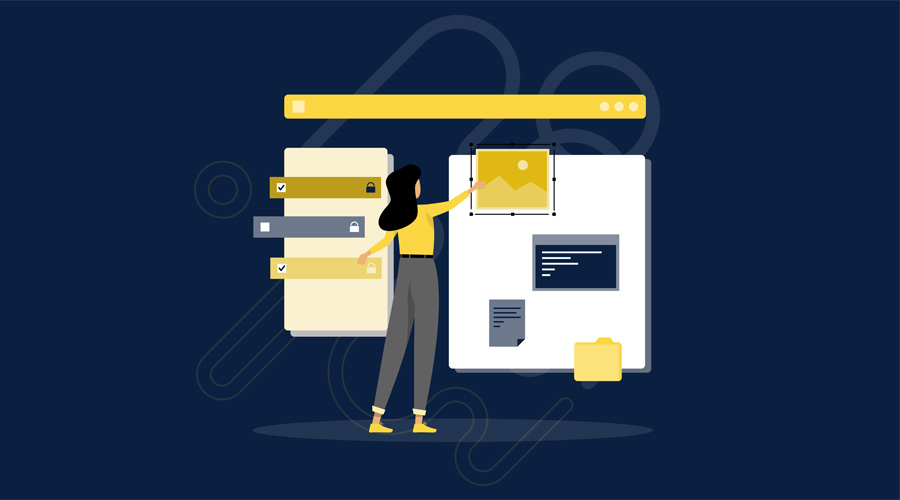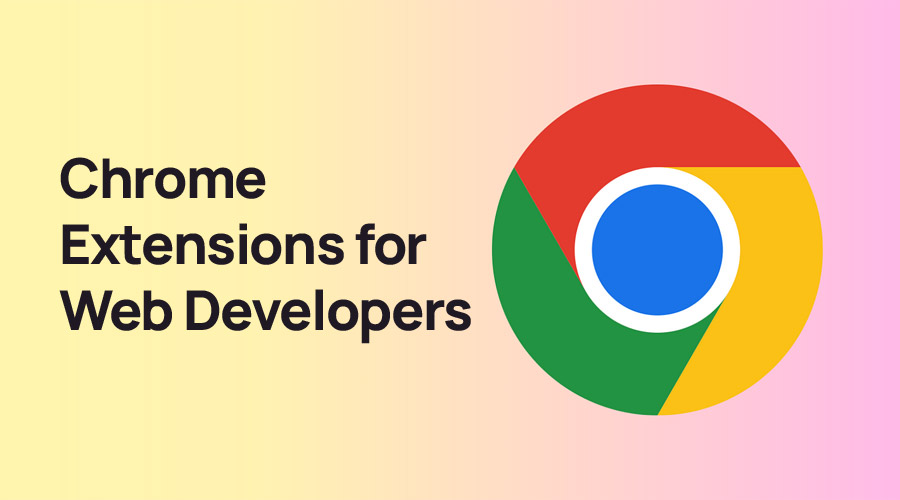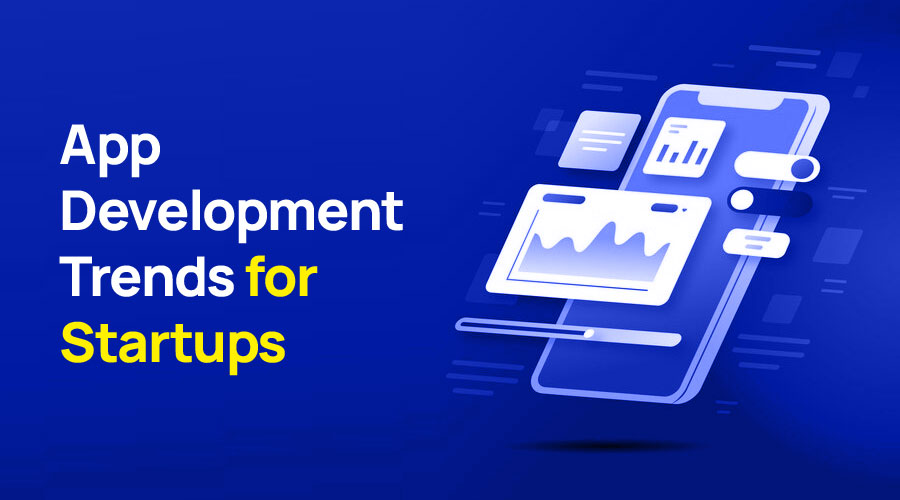A Guide to Selecting Development Tools for Your IoT Internet of Things Project

The Internet of Things (IoT) is full of possibilities. From smart home devices to industrial sensors, connected devices are changing the way we live, think and interact with the world around us. But before you dive headfirst into developing your new IoT application, it’s important to choose the right development tools to ensure success. This brochure provides you with the information to navigate the many options and select the appropriate ways to demonstrate your IoT ideas and knowledge first-hand.
To understand your project requirements
The first step in choosing development tools is to thoroughly understand the specific needs of your project. Here are some important considerations.
Project scope and complexity: Is your project a simple prototype or a complex, multi-layered system? Complexity will affect the type of development tools needed.
Hardware Platform: Which microcontroller or development board will your project use? Popular options include Arduino, Raspberry Pi, and ESP32, each with their own capabilities and compatibility considerations for development tools.
Connectivity requirements: How will your devices connect to the internet or to each other? This can be Wi-Fi, Bluetooth, cellular networks or a special network.
Data management and analysis: Will your practice collect and analyze data? If so, consider the tools needed for data storage, visualisation, and potential integration with cloud platforms.
Security measures: Security is key in IoT. Review the security features provided by the development tool to ensure they meet the specific security requirements of your application
Tools required: Hardware and software considerations
With a clear understanding of your project requirements, let’s explore the types of development tools needed:
Hardware development panels: These act as the brains of your IoT device, with a microcontroller that processes data and controls activity. Popular options include:
Arduino: is a brand-friendly choice with a large online community and easy access to resources.
Raspberry Pi: A powerful one-stop computer that is ideally suited for high-performance and high-performance projects.
ESP32: An evolving platform that offers built-in Wi-Fi and Bluetooth connectivity for efficient wireless connectivity.
Programming language: The choice of language depends on the needs of the mobile app development board and your project. The most common options are:
C/C++: These offer low power and performance but require a solid learning curve.
Python: is a popular choice for reading and has an extensive library for IoT development.
Arduino IDE: is an application-friendly platform designed specifically for Arduino boards.
PlatformIO: An open ecosystem that supports multiple development boards and offers advanced features such as continuous integration.
Sensors and actuators: These devices collect information about the environment from sensors or take actions based on the data received from actuators. Choosing the right one depends on the specific tasks of your project.
Also read: How to Build a Stunning Mobile App Without Code?
Advanced tools to improve productivity
In addition to basic development tools, there are many ways to increase the capacity of your project:
Cloud Platforms: Cloud platforms such as AWS IoT Core, Microsoft Azure IoT Hub, and Google Cloud IoT Core provide scalability, data storage, and device management services You can simplify data management and allow remote access to connected devices.
Security tools: Security is key in IoT. Consider tools like encryption libraries or secure networks to protect your devices and data from unauthorized access.
Development frameworks: Frameworks such as Mongoose OS or Eclipse Kura can provide pre-built libraries and functions, facilitating the development of specific applications such as wearables or industrial automation
Choosing the right equipment: A step-by-step approach
Here’s how to choose the best Custom Software development tools for your IoT project:
Define project objectives and requirements: Clearly define your project objectives and activities you want to accomplish before diving into the tool.
Research Hardware Options: Look at popular development boards like Arduino, Raspberry Pi, or ESP32, depending on how they match your project’s complexity and functionality.
Choose a programming language: Consider your programming experience and the capabilities of your chosen development board. Python and the Arduino IDE provide easy access, while C/C++ provides more granular control.
Choose Sensors and Actuators: Find sensors and actuators that match the data you want to collect or the actions your device needs to perform.
Explore cloud and security options: Look at cloud platforms and security tools based on your data management needs and security requirements. Building your career and looking ahead.
Related: 13 Best Chrome Extension for Web Developers – You should add
Conclusion: The future of IoT development
The world of IoT development is full of possibilities. By carefully selecting the IoT custom software development tools your project needs, you can unlock the power of connected devices and contribute to a smarter, more connected future Remember, the journey is as important as the destination. Embrace the learning process, experiment, and enjoy the excitement of bringing your new IoT idea to life .




